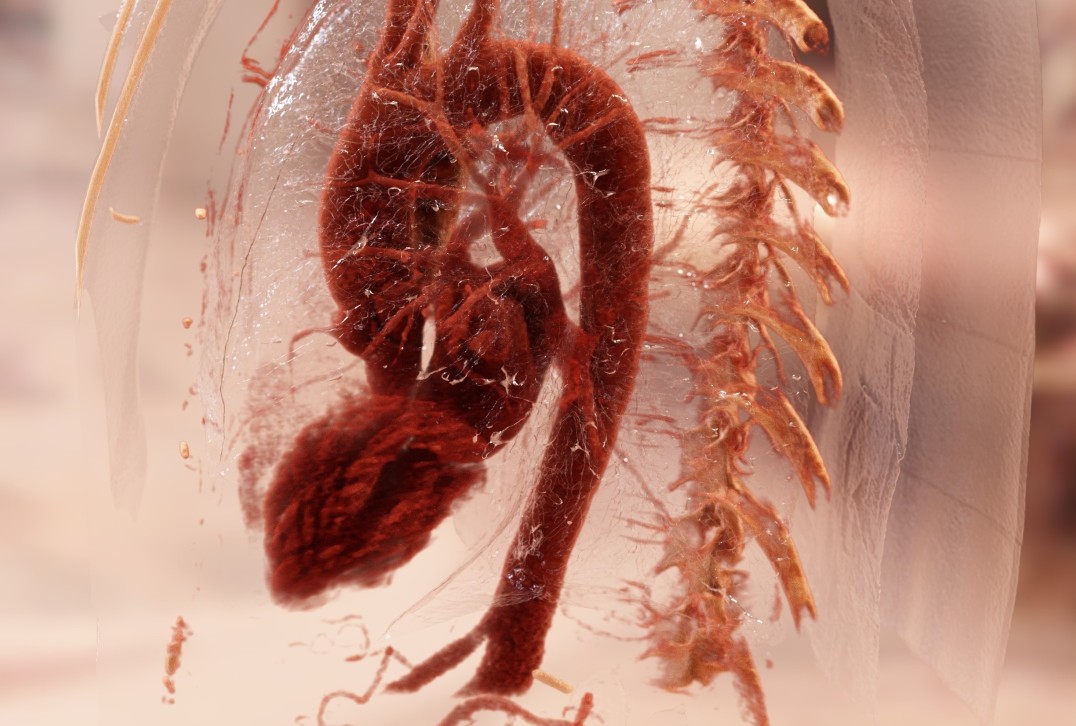Summary
Prof Declan O'Regan is an MRC Investigator and Consultant Radiologist who leads the Computational Cardiac Imaging Group at the MRC Laboratory of Medical Sciences. He is also Director for Imaging Research at Imperial College Healthcare NHS Trust. He is on the Executive Committee of the BHF Centre of Research Excellence. He is committed to science engagement and is a past Roentgen (UK) and Rowan-Williams (Australasia) travelling professor lecturing internationally on the role of artificial intelligence (AI) in healthcare. He is a past board member for the British Society of Cardiac MR and currently chairs the Publications Committee of the Society of Cardiac MR. He is also an Associate Editor for the European Heart Journal - Cardiovascular Imaging.
His research is focussed on using machine learning to discover mechanisms that underpin common cardiovascular diseases by integrating data from human imaging, genetics and environmental risk factors. His work includes developing algorithms for predicting human survival from cardiac motion and understanding how complex traits influence the risk of heart failure. He also collaborates with industry to accelerate progress in drug discovery using automated genotype-phenotype modelling. HIs work is funded by the Medical Research Council, British Heart Foundation, Heart Research UK, National Institutes of Health and Bayer AG.
Lab website: oreganlab.org
Image of the heart created with Siemens Healthineers Cinematic Rendering Technology (O'Regan/Imperial College London).

Selected Publications
Journal Articles
Curran L, Simoes Monteiro de Marvao A, Inglese P, et al., 2023, Genotype-phenotype taxonomy of hypertrophic cardiomyopathy, Circulation: Genomic and Precision Medicine, Vol:16, ISSN:2574-8300, Pages:559-570
Shah M, Inacio M, Lu C, et al., 2023, Environmental and genetic predictors of human cardiovascular ageing, Nature Communications, Vol:14, ISSN:2041-1723, Pages:1-15
Thanaj M, Mielke J, McGurk K, et al., 2022, Genetic and environmental determinants of diastolic heart function, Nature Cardiovascular Research, Vol:1, ISSN:2731-0590, Pages:361-371
Simoes Monteiro de Marvao A, McGurk K, Zheng S, et al., 2021, Phenotypic expression and outcomes in individuals with rare genetic variants of hypertrophic cardiomyopathy, Journal of the American College of Cardiology, Vol:78, ISSN:0735-1097, Pages:1097-1110
Bai W, Suzuki H, Huang J, et al., 2020, A population-based phenome-wide association study of cardiac and aortic structure and function, Nature Medicine, Vol:26, ISSN:1078-8956, Pages:1654-1662
Meyer H, Dawes T, Serrani M, et al., 2020, Genetic and functional insights into the fractal structure of the heart, Nature, Vol:584, ISSN:0028-0836, Pages:589-594
Bello G, Dawes T, Duan J, et al., 2019, Deep learning cardiac motion analysis for human survival prediction, Nature Machine Intelligence, Vol:1, ISSN:2522-5839, Pages:95-104
Biffi C, Simoes Monteiro de Marvao A, Attard M, et al., 2017, Three-dimensional Cardiovascular Imaging-Genetics: A Mass Univariate Framework, Bioinformatics, ISSN:1367-4803
Schafer S, de Marvao A, Adami E, et al., 2017, Titin-truncating variants affect heart function in disease cohorts and the general population, Nature Genetics, Vol:49, ISSN:1546-1718, Pages:46-53

